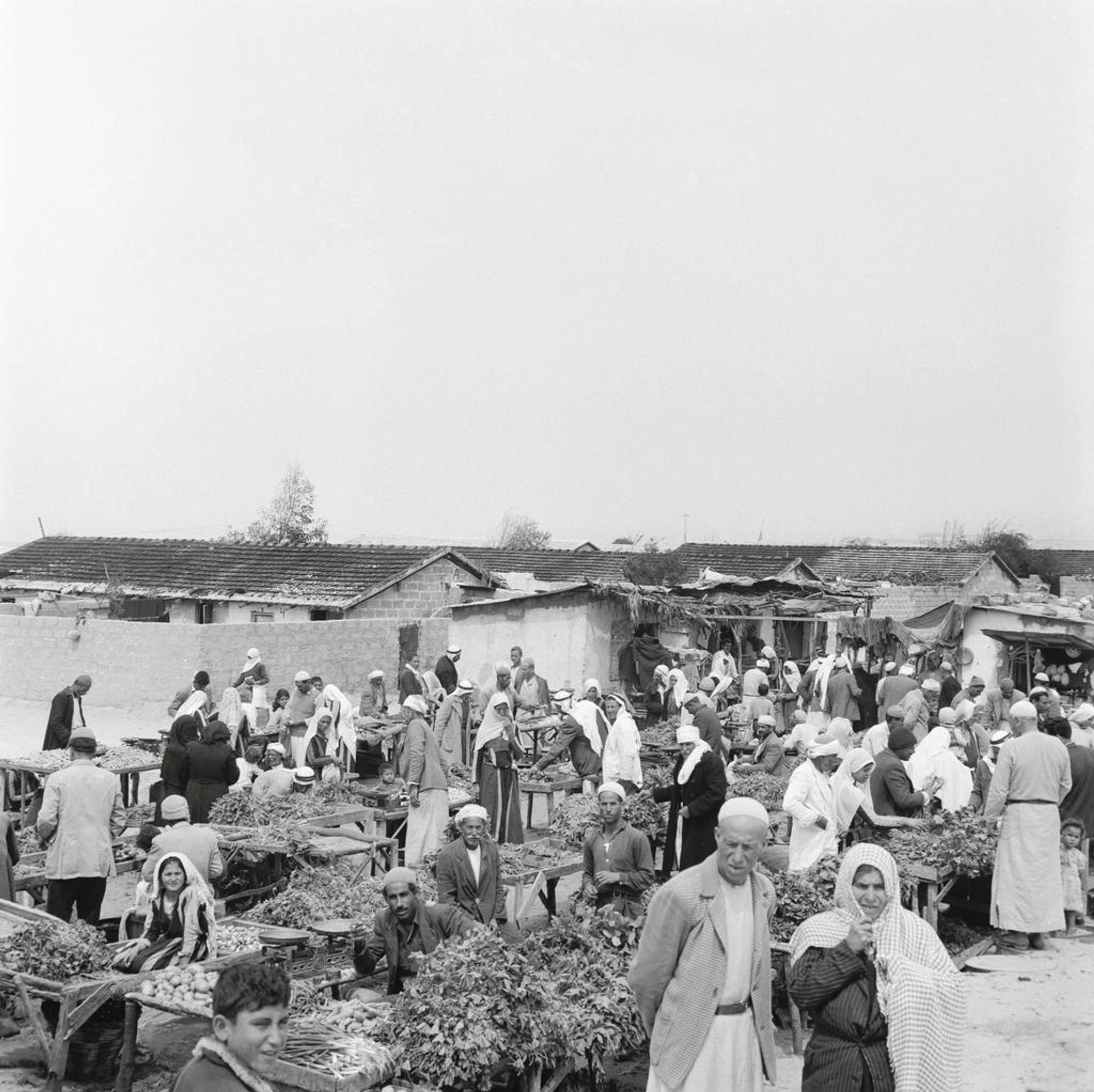
Unending temporary
In the autumn of 1948, during the war in Palestine and as a direct answer to the consequent refugee crisis, the United Nations General Assembly implemented Resolution 194. The resolution laid the premise for the right of Palestinian refugees to return and/or receive compensation. The resolution also created the UN Conciliation Commission for Palestine (UNCCP) and tasked it with developing a lasting and just solution to the refugee crisis, via repatriation, integration, rehabilitation and compensation.
UNRWA, the United Nations Relief and Works Agency for Palestine Refugees in the Near East, was established in December 1949 through Resolution 302. Its mandate was to provide temporary aid to the refugees and to create work programs in cooperation with host countries until the work of the UNCCP could reach a political solution.
Formally, the UNCCP existed throughout the 1950s, but it was a structure paralysed by inaction. Disagreements between the United States, the United Nations, Israel and Arab states after the 1948 war undermined any serious attempt at a just political resolution. UN officials then pivoted away from solving the political problem towards mitigating humanitarian crises instead.
Since 1950, the UN General Assembly has renewed the UNRWA mandate every third year – offering temporary relief, basic education and health services awaiting a political resolution.
UNRWA does not offer protection – i.e. “durable solutions” – afforded to all other refugees through the mandate of the UN Refugee Agency (UNHCR). Palestinians, therefore, cannot make individual claims for durable solutions, nor paths towards citizenship through return, repatriation, or local integration. Seventy years on, Palestinians remain under this regime of the “unending temporary” and now operate in arenas joined by other refugees in a seemingly never-ending pattern of political irresolution and international apathy.
Photography has always been an important part of the UN aid work. Jørgen Grinde was sent to the Middle East twice to create photographic material from both UN military and humanitarian work in the region. On his second journey, in April-May 1959, his tasks were both to update the existing UN Photo Library and to document the needs of the Palestinian refugees for the World Refugee Year 1959-60. The latter part of the assignment in particular shows how interconnected the photographer’s work was with creating PR material.
As seen in Grinde’s photographs in this section, at the end of the 1950s small cement sheds replaced the tents of the refugee camps. Throughout many decades without political solutions since these images were taken, tens of thousands of refugees have lived with the tension between the temporary and the permanent. The repatriation right states that the refugees are entitled to return to their homes, but as time has passed, many have feared being seen as permanently settled in the camps.
Camp for Palestinian refugees, probably Khan al-Sheh (also spelled Khan Eshieh). Syria, April-May 1959.








